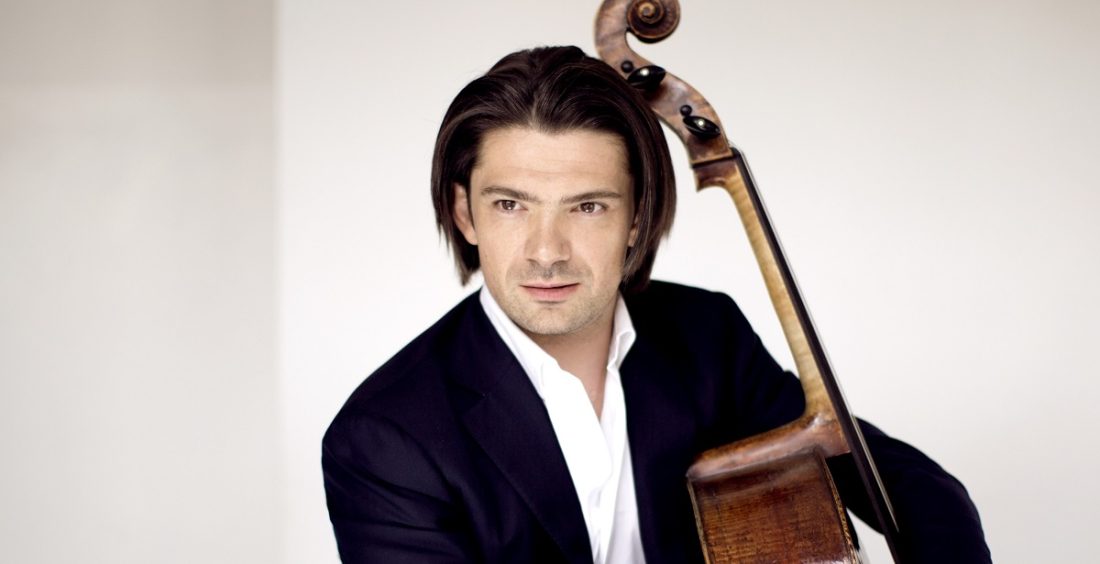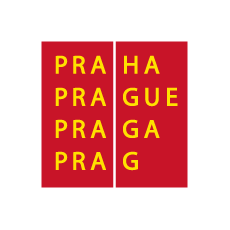Gautier Capuçon
Programme
- Johann Sebastian Bach: Cello Suite No. 1 in G major BWV 1007
- Henri Dutilleux: Trois Strophes sur le nom de Sacher
- Zoltán Kodály: Sonata for Solo Cello Op. 8
Performers
- Gautier Capuçon – cello
Artinst-in-Residence Gautier Capuçon
Three artistic positions of Gautier Capuçon
At the first concert of his residency, the world-famous cellist Gautier Capuçon will present himself in a solo programme. His instrument, made by the Venetian master Matteo Goffriller, will be heard at the Prague Crossroads, a unique venue at St Anne’s Church. In the intimate atmosphere of the church’s acoustics, he will show the breadth of his repertoire, presenting the music of Johann Sebsatian Bach, Three Strophes on the Name Sacher, which Capuçon’s compatriot Henri Dutilleux wrote for the legendary cellist Mstislav Rostropovich, and the Sonata for Solo Cello by the Hungarian composer Zoltán Kodály. “It is one of the most physically demanding and, at the same time, most brilliant works of the cello literature, and I am very eager to hear Capuçon’s performance of it”, says Roman Bělor, director of the Prague Spring Festival.
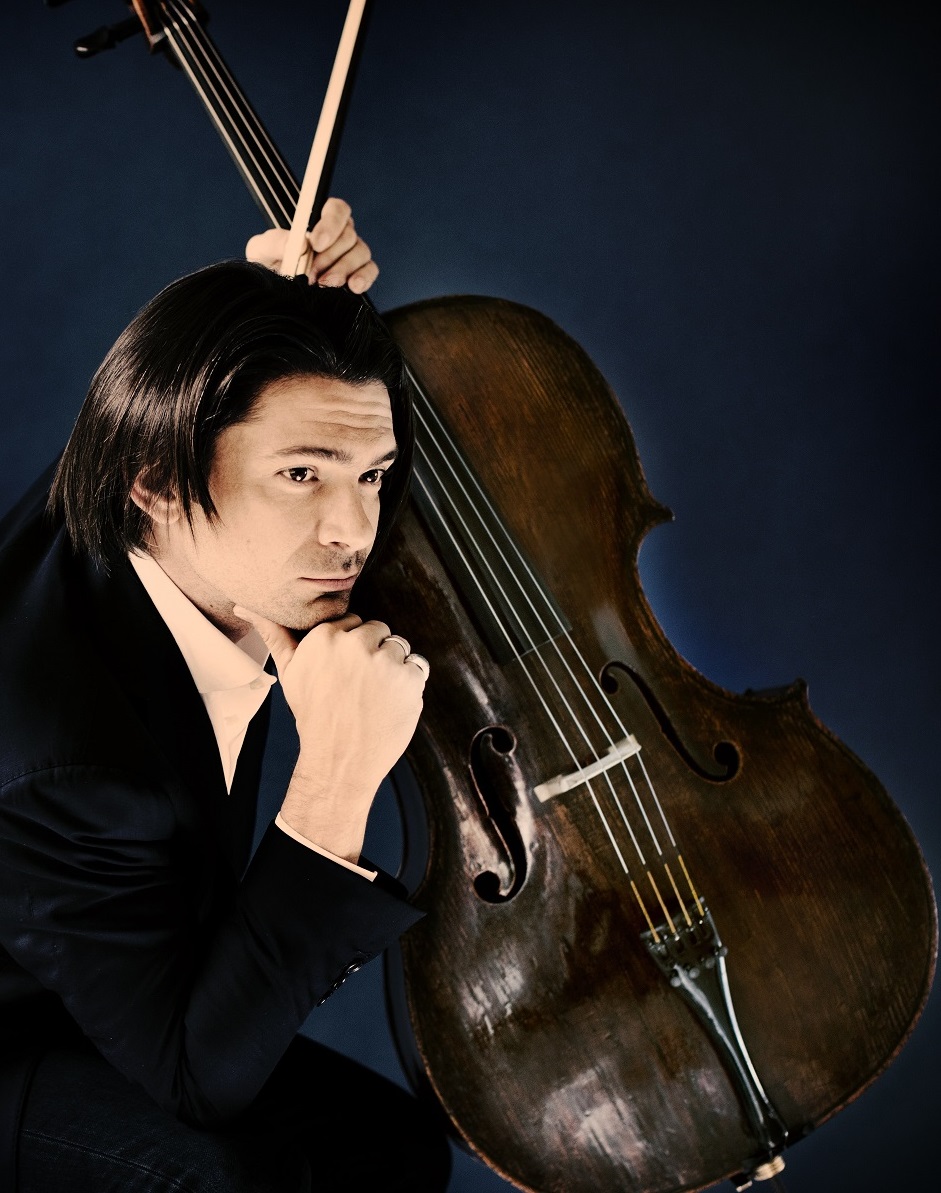
Seeking new paths
Had it not been for a coincidence, today the world might not know about the Six Suites for Cello Solo BWV 1007–1012 by Johann Sebastian Bach (1685–1750). The compositions, without which we are unable to imagine the cello repertoire, did not appear in print until the first half of the 19th century. In 1890 the young cellist Pablo Casals (1876–1973) discovered them in one of Madrid’s used book shops. He studied them carefully for a long time, introduced them to the public on stage, and finally in 1936–1939 he recorded them, becoming the first musician of the modern era to perform them all. Bach apparently wrote the suites in the 1720s in Cöthen, where as the prince’s Kapellmeister, he had superb players at his disposal as well as the support of a music-loving employer. Although the suites may have been played by Bach himself, one of the orchestra members (e.g. Christian Ferdinand Abel, a famed player of the viola da gamba, cello, and violin), or even the prince, today the occasion for which they were written is uncertain. At the time Bach was surveying all of the expressive and technical possibilities of instruments in works like The Well-Tempered Clavier and the Sonatas and Partitas for Solo Violin as well as in these suites, which he apparently did not conceive as an integral whole. For Bach, they mainly represented an opportunity for seeking new paths. Cellists often begin playing the suites as children, and the pieces are required study material. Gautier Capuçon fittingly calls them “the cellist’s Bible”.
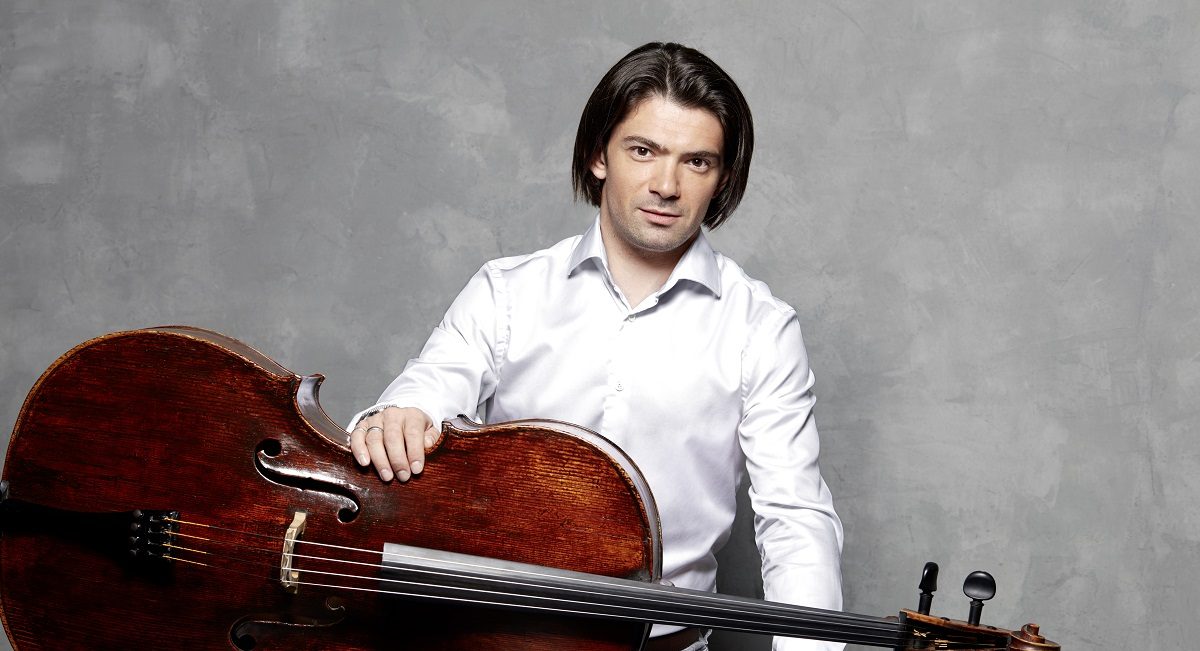
Constant and always changing
The Suite No. 1 in G major for solo cello BWV 1007 is one of the best known of the suites, and if the cello is often compared to the human voice, here it seems to be speaking to us about the very essence of music, Baroque or otherwise. Although we hear a wealth of counterpoint, and the greatest demands are made on the player, the suite is not without a peculiar transparency. Already in the opening Preludium there is almost a hint of magic. In the text with his recording, the famed viola da gamba and Baroque cello player Wieland Kuijken characterised it as “the continuum of a time that might not end”, and the American cellist Yo-Yo Ma, winner of a 1985 Grammy for his album of these suites, described it in 2021 as follows: “I think that movement represents the infinitude of what we have in the natural world. So you think of flow, water, sunlight sparkling on leaves of trees on a fall day. We all can imagine something that is both constant and always changing.” For the later movements, Bach traditionally pairs fast and slow dances. At the centre stands a calm Sarabande, and the suite ends with the pulsating rhythm of a Gigue.
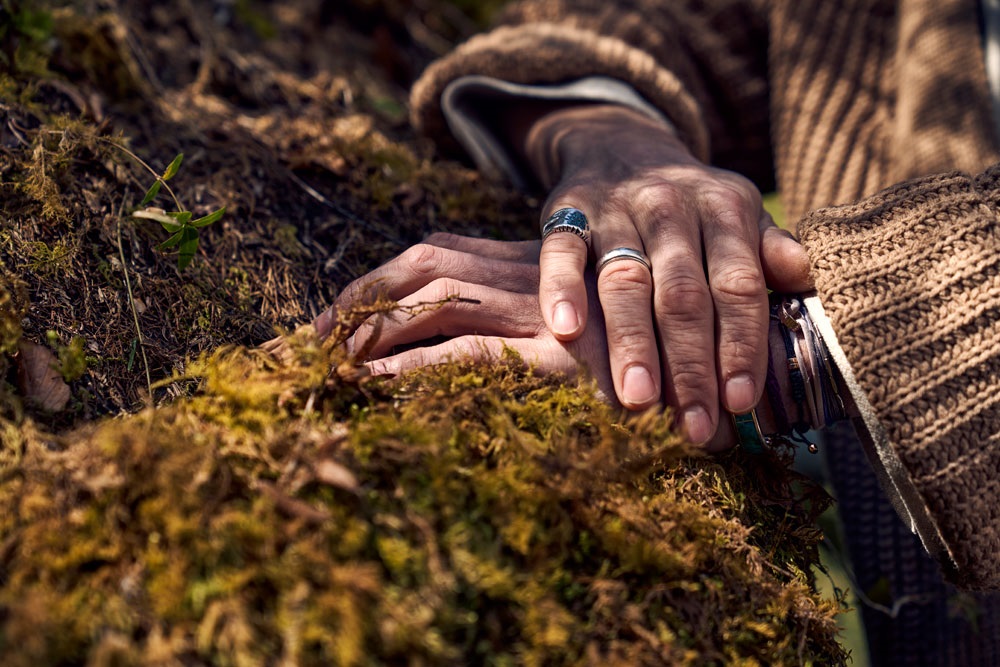
Touching memories
The music of the French composer Henri Dutilleux (1916–2013) built upon the best traditions of French music—Ravel, Debussy, Roussel—and also took inspiration from Bartók and Stravinsky as well as from the visual arts and literature and from Van Gogh and Baudelaire in particular. He categorically refused to be tied to any school of composition, and all his life he remained a solitary figure with his own striking compositional language. He became a representative of the opposite, more traditional current from that favoured by the avant-garde composer Pierre Boulez. He was also a notorious perfectionist who permitted the publishing of only a small number of his works. Recalling his collaboration with the French composer, Capuçon said: “I first met him on the occasion of his 90th birthday, when I played his Cello Concerto for the first time. We became friends, and since then I have played his music around the world. Dutilleux was one of the few people with whom I have engaged in written correspondence. It is very touching to reminisce about it.”
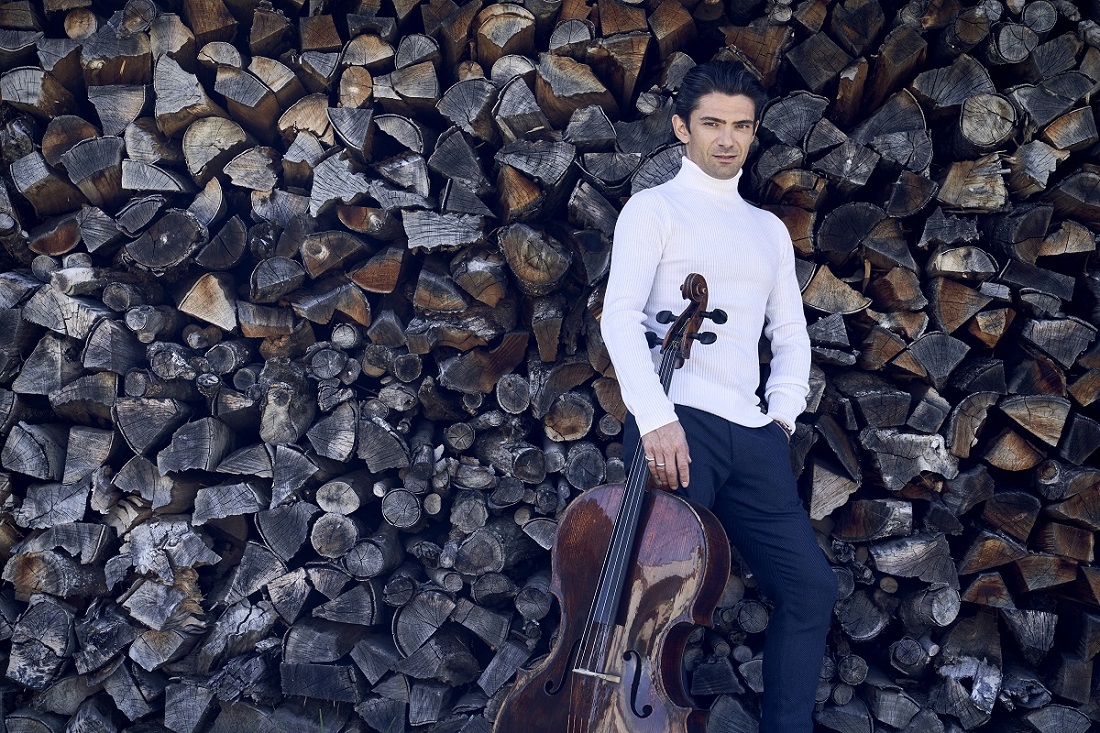
eS, A, C, H, E, Re as Sacher
Besides composing, Dutilleux worked for 18 years as the head of music production for Radio France, and he taught composition in Paris at the Ecole Normale de Musique and the Conservatoire Supérieur de Musique. He was twice the composer-in-residence at the Tanglewood Music Center in the USA.
His compositions are performed regularly at the BBC Proms, and they are frequently conducted by Oliver Knussen. Another artist who devotes attention to the music of Dutilleux is Sir Simon Rattle, who commissioned the work Correspondances from him for the Berlin Philharmonic and premiered it in 2003 with the soprano Dawn Upshaw. Dutilleux composed his Second Symphony for the Boston Symphony Orchestra, Mstislav Rostropovich commissioned the cello concerto Tout Un Monde Lointain from him, and one of his most highly acclaimed works, Les Citations, was written for the Aldeburgh Festival in the UK. The oboist Martin Daněk will be performing it at this year’s Prague Spring Festival. He dedicated the concerto Sur le même accord to the violinist Anna-Sophie Mutter and the song cycle Le temps l’horloge to the world-famous singer Renée Fleming, who premiered it in 2007 with the Saito Kinen Orchestra and the conductor Seiji Ozawa.
In 1976, Dutilleux was one of 12 composers (others included Luciano Berio, Pierre Boulez, Benjamin Britten, Hans Werner Henze, and Witold Lutosławski) each asked by the cellist Mstislav Rostropovich on the occasion of the 70th birthday of the Swiss conductor and musical patron Paul Sacher to write a piece for solo cello based on the letters of Sacher’s name (eS, A, C, H, E, Re, i.e. E flat, A, C, B natural, E, and D). Dutilleux expanded his piece in 1982, and Rostropovich premiered it that April in Basel with the title Trois strophes sur le nom de Sacher. In the short piece, lasting about 10 minutes, the six letters of the name SACHER are turned into music, and at the end of the first strophe Dutilleux quotes Bartók’s Music for Strings, Percussion, and Celesta, which was written on commission for Sacher in 1936. Some of the pieces written based on the name “SACHER” were first heard in 1976 in Zurich, but the entire set was first performed by the Czech cellist František Brikcius in Prague in 2011
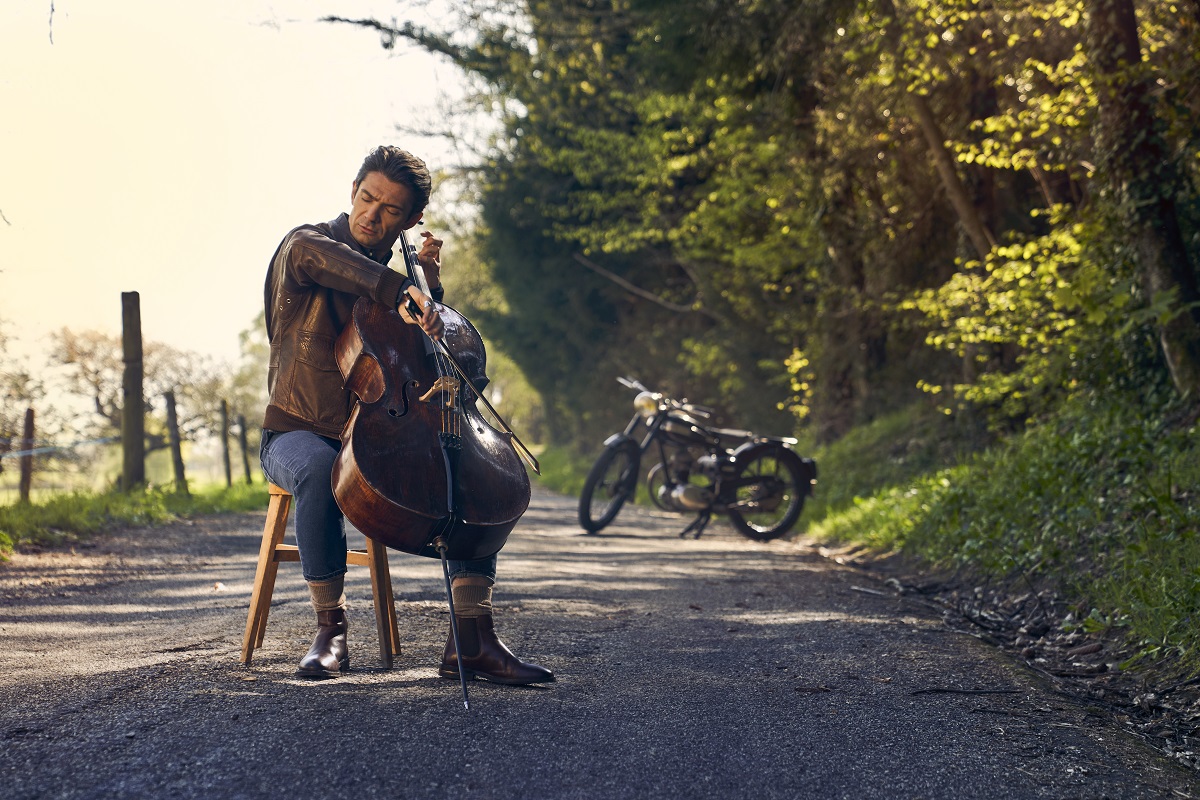
Originality and innovation
Zoltán Kodály (1882–1967) was one of the most prominent and versatile artistic figures of 20th-century Hungarian culture. As a child he taught himself to play several instruments, and besides studying composition, he earned a doctorate in the field of philosophy and linguistics. Together with Béla Bartók he devoted himself to ethnomusicology, and his pedagogy method became the basis for music education in Hungary. Besides folklore, his interests also included Renaissance polyphony and Baroque counterpoint, and while studying in Paris he discovered the music of Claude Debussy and its inspiration from beyond Europe.
Kodály composed his three-movement Sonata for Solo Cello in 1915 during the First World War, when he was working as a volunteer in Budapest, having been declared unfit for military service. Without exaggeration, the sonata can be called a cornerstone of the instrument’s solo repertoire. After J. S. Bach’s solo suites, Kodály was the first to write a work to equal them in originality and innovation. As an expert on polyphony, he took inspiration from Bach without imitating him. For example, he employed the retuning of strings (scordatura), a common technique of the Baroque period, in order to achieve a greater wealth of harmony and timbre. By doing so, he arrived at remarkable colours, with each string seeming to represent a different instrument, together creating a little ensemble. The whole sonata is imbued with Hungarian and Romany folk music elements, whether rhythmic, melodic (especially in the slow middle movement), or harmonic (modal and pentatonic scales). At the same time, it makes technical demands of the highest order on the player, whether in brilliant pizzicato passages, extensive use of arpeggios, or fast repeated notes.
Kodály dedicated the work to Jenő Kerpely, whom Béla Bartók called the best cellist at the Budapest Academy in 1902, and who later founded the important Waldbauer-Kerpely Quartet. Because of the war, the work had to wait for its premiere until May 1918, and it was first heard outside of Hungary in 1920 at a concert of Schoenberg’s Society for Private Musical Performances. The sonata became world famous thanks to the Hungarian cellist János Starker, whose 1947 recording earned him the Grand Prix du Disque.
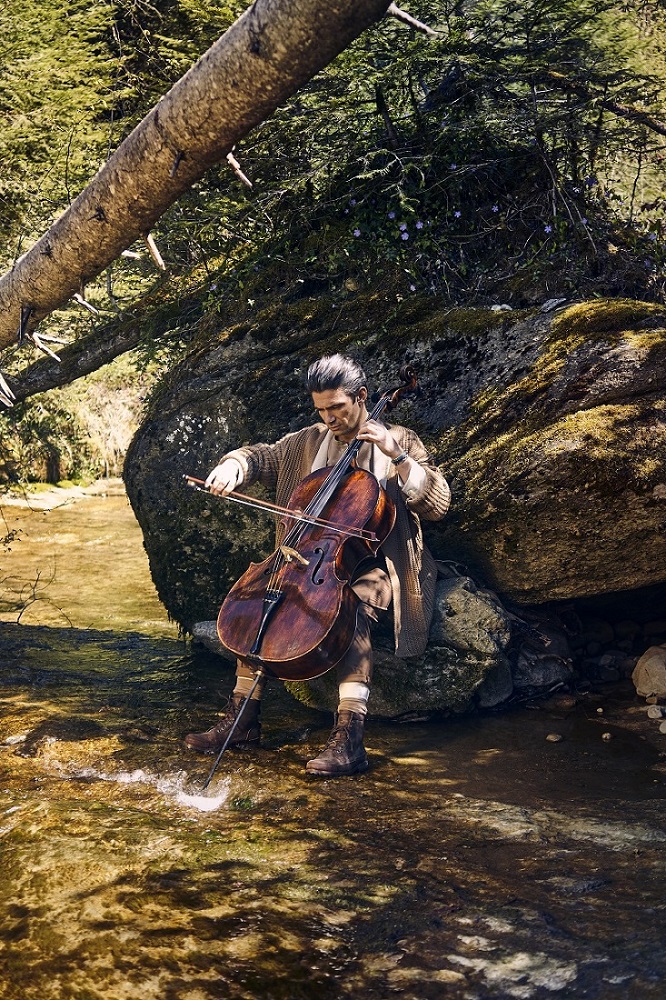
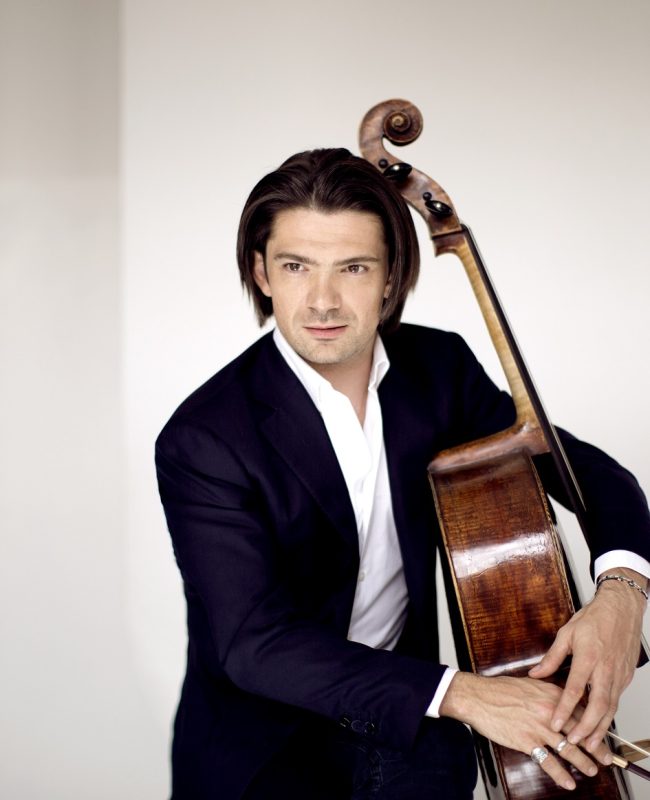
A profile of the Artinst-in-Residence Gautier Capuçon
The artist-in-residence for the 77th annual Prague Spring Festival will be the French cellist Gautier Capuçon. The festival public will have the opportunity to discover one of the world’s finest instrumentalists on three different programmes. In the Rudolfinum’s Dvořák Hall he will appear with the pianist Jérôme Ducros (16 May), with whom he has been collaborating successfully for 25 years, at the Prague Crossroads he will present works for solo cello that are included on his most recent album Souvenirs (17 May), and finally with the chief conductor of the City of Birmingham Symphony Orchestra Mirga Gražinytė-Tyla he will perform Edward Elgar’s great Cello Concerto (18 May). “I am enormously pleased and honoured to have been invited to this year’s festival”, says the artist concerning his residency at his very first appearance at the festival. “I’m very happy and honoured to be invited for the next edition of the festival. It’s going to be fantastic and also intense to be able to experience three different programmes. I’m very impatient to be back; Prague is a city of my heart; I have great memories of it.”


